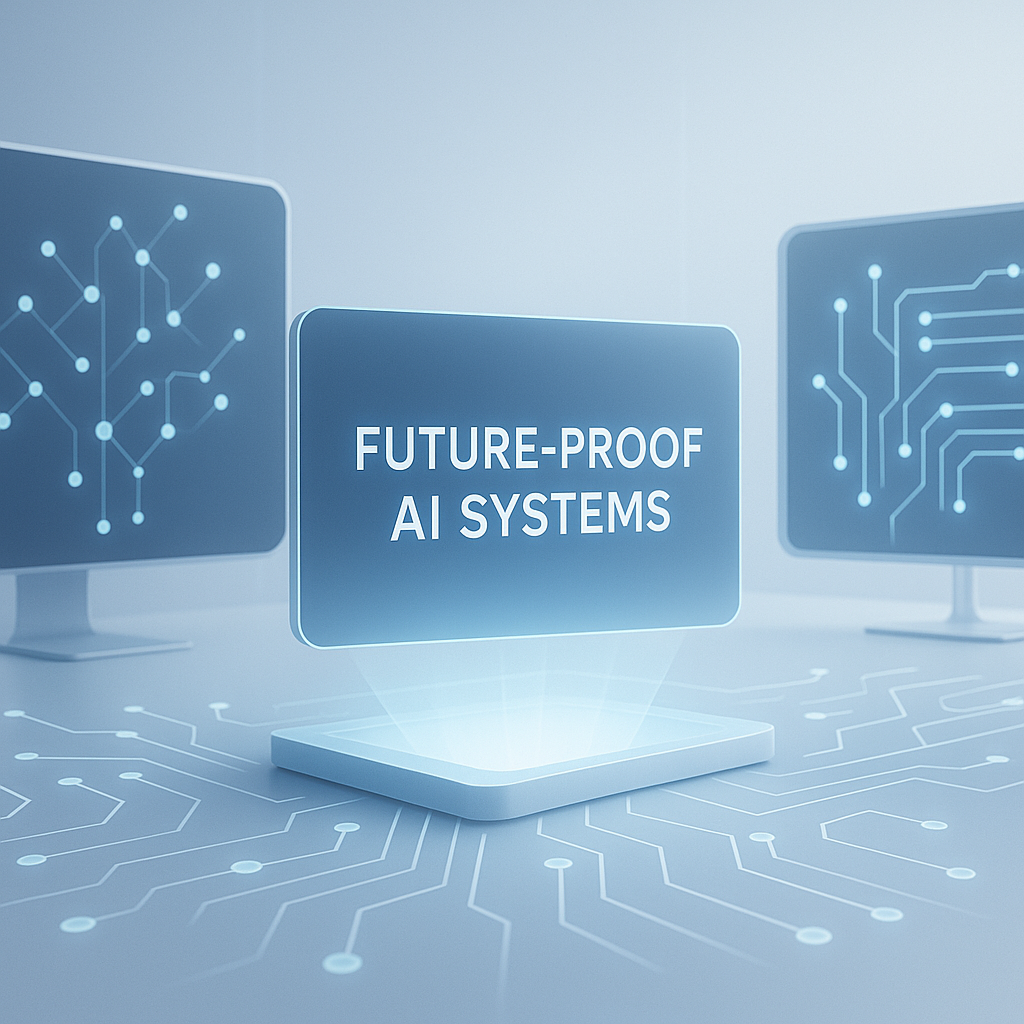Identifying Core Business Objectives to Anchor AI Integration
Successful deployment of AI hinges on a precise alignment between artificial intelligence capabilities and overarching business goals. Too often, organizations adopt AI technologies as isolated experiments or innovative badges of honor, without embedding them into a coherent strategy that drives meaningful outcomes. The first step is rigorous clarity on what the business aims to achieve—whether that’s enhanced operational efficiency, accelerated innovation cycles, improved customer experiences, or new revenue streams. Pinpointing these objectives demands a holistic assessment of existing workflows, pain points, and growth opportunities.
Actionable AI solutions must be tailored to resolve specific strategic challenges rather than pursuing AI for its own sake. For example, a retail firm may prioritize AI-powered demand forecasting to optimize supply chains and reduce inventory costs, whereas a financial services company might deploy machine learning models to enhance fraud detection and compliance. In each case, the selected AI application must serve as an enabler of the fundamental business mandate, ensuring that resources are channeled toward measurable impact.
Bridging Technical Capabilities with Strategic Needs

The technology behind artificial intelligence is evolving rapidly, encompassing machine learning, natural language processing, computer vision, and beyond. However, aligning these tools with business goals requires a bridge between technical potential and operational realities. This translation is often the domain of a strategic operator—someone who can dissect business aspirations into problem statements and then map those problems to viable AI methodologies.
A systematic approach begins with identifying data availability and quality, as data is the lifeblood of AI. Without robust datasets relevant to the chosen objectives, AI models will struggle to deliver reliable insights or automation. Next, organizations must evaluate the maturity of their AI infrastructure and human capital, ensuring that technical teams understand the client’s domain and strategic context. This alignment facilitates the development of models that are not just technically sound but also contextually relevant and interpretable for decision-makers.
Optimizing Resource Allocation for Sustainable AI Impact
Resources—be they financial, technological, or human—must be prudently aligned to maximize AI’s return on investment. Deploying AI initiatives piecemeal, without an integrated resource plan, risks duplication, inefficiency, and eventual erosion of stakeholder confidence. Resource allocation should therefore be driven by an end-to-end perspective that anticipates both immediate project needs and longer-term scalability.
Investing in modular AI platforms can provide flexibility, allowing organizations to experiment with various use cases without extensive upfront capital expenditures. Moreover, co-investment in employee training and reskilling programs leverages AI not merely as a replacement tool but as a catalyst for workforce augmentation and innovation. The dynamic alignment of resources requires ongoing measurement of AI’s performance against key performance indicators, enabling real-time course correction and iterative improvement.
Embedding Ethics and Accountability into AI Strategy
A holistic AI integration strategy must incorporate ethical considerations at its core. Ethical AI deployment transcends regulatory compliance; it safeguards trust, promotes fairness, and sustains the company’s reputation. AI’s ability to influence decisions—sometimes with opaque reasoning—demands transparency in model design, data provenance, and outcomes.
Embedding principles such as fairness, accountability, and explainability ensures that AI-driven decisions are defensible and aligned with organizational values. This entails developing governance frameworks that oversee model validation, bias detection, and impact assessments throughout the AI lifecycle. Human oversight remains indispensable: actionable AI solutions should augment human judgment, not replace it. By fostering an ethical mindset, businesses position themselves as leaders in a shifting landscape where responsible AI use will differentiate market success.
Leveraging Cross-Functional Collaboration for AI Success
Optimizing the interface between AI and business goals is fundamentally a collaborative exercise. It requires breaking down silos that traditionally separate strategy, data science, IT, and frontline operations. When diverse experts coalesce around a shared vision of AI’s role, it catalyzes innovation and practical problem-solving.
Cross-functional teams facilitate iterative experimentation, rapidly validating AI-driven hypotheses and refining deployment approaches. Executives can provide strategic direction and resource support, while data scientists bring technical acumen, and operations teams contribute domain-specific insights and real-world validation. This dynamic interplay accelerates the translation of AI capabilities into tangible business results and creates a culture of continuous learning and agility.
Scaling AI Initiatives Beyond Pilot Projects
Initial AI pilots often generate excitement and promising results but translating these wins into broad organizational impact demands a scalable framework. Successful scaling hinges on standardized processes for model development, validation, deployment, and monitoring. This infrastructure enables rapid replication across business units and geographies without sacrificing customization.
Moreover, scaling requires proactive management of change. Employees must be engaged through clear communication about AI’s benefits and evolving roles. Leaders should champion AI literacy across all levels, integrating AI competencies into career development pathways. By embedding AI into the enterprise’s DNA, businesses transform from isolated pockets of experimentation into continuous innovation engines that adapt and grow sustainably.
Harnessing AI to Unlock New Business Opportunities
Aligning AI solutions with business goals is not merely about optimization; it is also about uncovering latent opportunities that redefine competitive advantage. AI’s analytical prowess can reveal patterns, customer preferences, and emerging market trends previously obscured in vast data landscapes. Companies that harness these insights reposition themselves as agile innovators rather than passive reactors.
For instance, AI-powered customer segmentation combined with predictive analytics can enable hyper-personalized marketing strategies that enhance engagement and loyalty. Similarly, integrating AI into product development cycles hastens ideation, testing, and iteration, shortening time-to-market. These applications unlock new revenue streams and enhance differentiation in crowded marketplaces. By framing AI as a strategic growth lever, organizations elevate their capacity to adapt and thrive.
Continuous Learning as a Pillar of AI Mastery
The AI landscape evolves at a breakneck pace—new algorithms, platforms, and ethical challenges emerge regularly. To sustain alignment between AI and business objectives, organizations must foster a culture of continuous learning. This involves not only technical upskilling but also cultivating strategic literacy around AI trends and governance.
Leaders should encourage ongoing education through workshops, collaboration with academia, and participation in industry consortia. Mentoring programs that pair AI specialists with business leaders promote mutual understanding, accelerating the translation of AI innovations into actionable strategies. By prioritizing learning, companies build resilience and adaptability, ensuring that AI remains a dynamic enabler rather than a static tool.
Final Reflections on Actionable AI Solutions
The journey to integrate artificial intelligence meaningfully into business strategy is complex but immensely rewarding. Success demands more than acquiring advanced technologies; it requires a deliberate, holistic approach that aligns AI with concrete business goals, optimizes resource deployment, and embeds ethical stewardship. Actionable AI solutions emerge from this multidimensional alignment, transforming abstract potential into practical results that advance organizational success.
By embracing cross-functional collaboration, scalability, and continuous learning, businesses can unlock AI’s full value while nurturing workforce creativity and maintaining a people-first ethos. In doing so, they not only enhance efficiency and innovation but also build trust and sustainability—cornerstones of long-term competitive advantage in the AI era.



